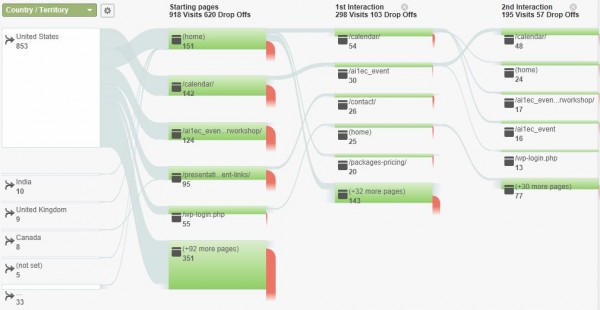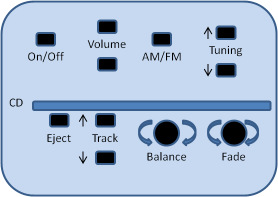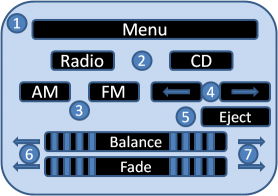 Which of these three words most closely describes the kinds of products or services that you or your company provides to its customers? It makes a difference when you think about your target markets, your messages, your packaging and pricing and your media selections (among other things).
Which of these three words most closely describes the kinds of products or services that you or your company provides to its customers? It makes a difference when you think about your target markets, your messages, your packaging and pricing and your media selections (among other things).
Glitz, an extravagant and often tasteless display of wealth, is often associated with the newly wealthy. These folks put on garish, ostentatious airs in an effort to impress their peers or their public. They want to provoke envy and feed greed. Glitz is pretty easy to recognize.
Gilt can often be used to turn ordinary objects into glitzy things that shine with false value. Or it can be used effectively to put just the right sheen on an object of art that has real value. Gilt has no intrinsic value, other than the minimal amount of gold used in its application, but it may have considerable artistic or aesthetic value. Or practical value, such is in the gold plating of electrical contacts for maximum conductivity.
Real gold, on the other hand, has real intrinsic value in today’s world based on its scarcity and the demand for that scarce resource.
What do you sell or provide? If your customers are those who want glitz, you’ll want to get your messages to them via media such as fashion magazines, give-away bags at celebrity events and ads in high end publications that cater to the rich and famous. With the emphasis here being on famous. They want the world to know that they can afford all the glitz in the world, useful or not.
If your customers want gold, you’ll most likely reach them through referrals. They often have no desire to be glitzy or to show off their wealth. They just want to enjoy it and they travel in circles with similar folks often from old or earned money. They are not usually showoffs and they most definitely usually avoid glitz like the plague. The silk underwear might cost thousands but it is worn underneath the expensive but understated suit or dress — not on the outside!
And then there is gilt. This is where things get tricky. Your product or service needs to be attractive enough to warrant the attention, however brief, of your prospective customer if you are to have any chance of making a sale. And gilt, by itself, is neither good nor evil, given that it is used effectively and the underlying product or service provides real value to the customer at a mutually acceptable price. If this is your type of offering in the marketplace, and the vast majority of products and services do fall into this category, you have your work cut out for you in terms of coming up with the right strategies for your markets, message and media.
If you’d like to share your thoughts on the words above, I imagine many readers would like to know them. Opinions one way or another are welcome. Let us hear from you.






